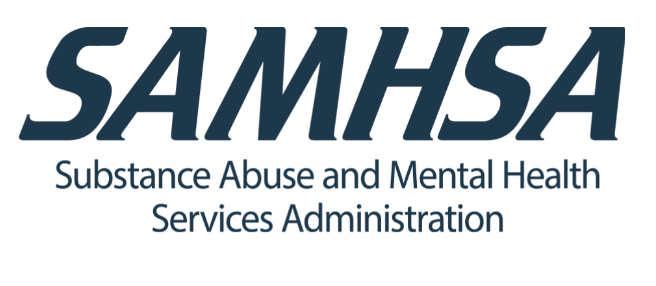What are Some Commom Withdrawal Symptoms?

For a decade now, drug and alcohol abuse has taken a significant toll on a portion of the US population. Even today, the country finds itself in the middle of an opioid abuse epidemic. Making matters worse is the fact some people are resorting to the ever-dangerous Fentanyl when heroin or prescription painkillers are no longer able to produce the desired high.
As bad as addiction can be, the process of getting off drugs or alcohol is no bargain. Depending on a number of factors, the potential withdrawal symptoms produced by sudden abstinence can create a number of serious health and psychological issues on its own. With that in mind, going through the withdrawal process is a necessary step if someone wants to beat the cycle of addiction. The discussion below will go into detail about withdrawal and the help that’s available to help mediate the effects.
About Withdrawal
As a drug user gets deeper into drug dependence, they run the risk of getting caught up in full-blown addiction. Dependence turns to addiction when withdrawal symptoms become eminent should the addict make the decision to stop using. Withdrawal occurs as the body’s reaction to the absence of the addictive substance. As the length of time between doses or drinks increases, the body’s reaction becomes more troubling.
The extent of one’s symptoms will depend on a number of factors, including:
- The substance being abused
- The physiological makeup of the addict
- The time length of the addiction
- The depth of the addiction
- The number of drugs or alcohol normally used
The withdrawal process can be harsh and at time dangerous. When the individual makes the decision to undergo detox, they should not count on their own discretion to determine the proper course of action. It’s highly recommended that they consult with their physician or an addiction treatment profession.
Common Withdrawal Symptoms
It’s important for everyone to understand there’s no such thing as generic symptoms. The simple truth is different substances will produce different symptoms once abstinence begins. For instance, an addiction to benzos, alcohol, and opioids will produce different symptoms than an addiction to meth or some of the designer drugs being sold on the streets. What these symptoms do have in common is they can all be dangerous if not dealt with properly.
For purposes of this discussion, the focus will be heroin addiction and the potential symptoms caused by heroin withdrawal. Using heroin as a guideline makes sense because it represents one of the more extreme substances, and its a primary culprit in the current US drug epidemic.
Here’s a list of the symptoms one might encounter during heroin withdrawal:
- Breathing/respiratory problems
- Heart-rate and blood pressure issues
- An increase in mood issues – depression, anxiety, suicide, anger
- Severe cramping in the stomach area and body muscles
- Disturbance of sleeping patterns – insomnia
- Nausea, vomiting, and diarrhea
- Motor control issues
- Tremors, convulsion, hallucinations, and nightmares
Clearly, this list represents significant risks to an individual’s health. Unfortunately, this is the price one must pay in order to gain back control of their life from an addiction illness.
Treatment for Withdrawal Symptoms
As indicated above, the withdrawal or detox process is not something a person has to tackle on their own. In fact, it’s not something they should even try to do. A far better solution is seeking help from a reputable detox facility.
In some cases, a full-service addiction treatment center will also be able to provide in-house detox services. In other cases, the patient may select a stand-alone detox facility, after which they can move on to addiction treatment by referral or through their own selection process.
The goal of a good detox program is to help patients get past withdrawal and residual cravings with a minimum of discomfort. In the more extreme cases, a medically-monitored detox program could be necessary. Under the watchful of the facility’s medical staff, the patient is monitored for issues. If withdrawal discomfort becomes apparent, the residing doctor has the option to prescribe certain medications to address issues like pain and insomnia.
For what it’s worth, most people go through detox in 3-7 days depending on the nature of the addiction. When a severe opioid addiction is indicated, the patient may have to go through a prolonged detox program that includes the use of tapering drugs like Suboxone or Methadone. Doctors will prescribe these drugs when they feel the patient’s overall health is at risk should they attempt to go through the detox process too quickly. Remember, the patient’s health is always the number one concern.
The goal of a detox center is for the patient to clear the withdrawal process in good order. The next step is therapy and counseling to deal with the causes of addiction. Once a patient leaves rehab, they should have the coping skills needed to avoid relapses in the future.




